The last two installments of this series have seen some pretty heavy problems. So, this week I'd like to lighten the mood. The problem below calls for selfmate in two, and it was composed by me! It was published in the May 2014 issue of The Problemist.
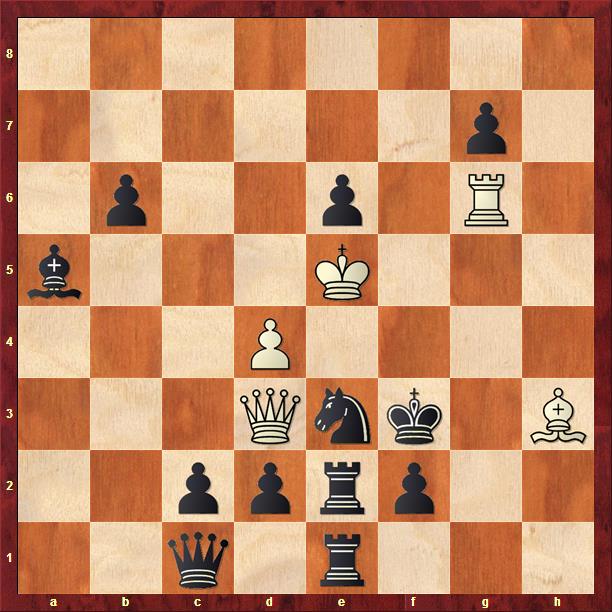
Recall that white is always moving up the board and black is always moving down. So, black's pawns on the second rank are poised to promote (though that fact is not relevant to the problem). Also recall that in a selfmate, white plays first and forces black to give checkmate in no more than the stipulated number of moves. Black, for his part, struggles mightily to avoid giving checkmate. It's a complete inversion of normal chess logic!
Now, down to business. It's not hard to spot that the main idea revolves around the black rook/knight battery on the e-file. If white can force the black knight to move under the right circumstances, then white will be checkmated by the discovered check from black's rook. There are two obstacles in white's path. The first is that black's knight is pinned. The second is that currently his king has a flight square on d6. In a selfmate it's a bad thing for white's king to have flight squares!
Let's see how white deals with these issues. The key move is 1. Qa3!
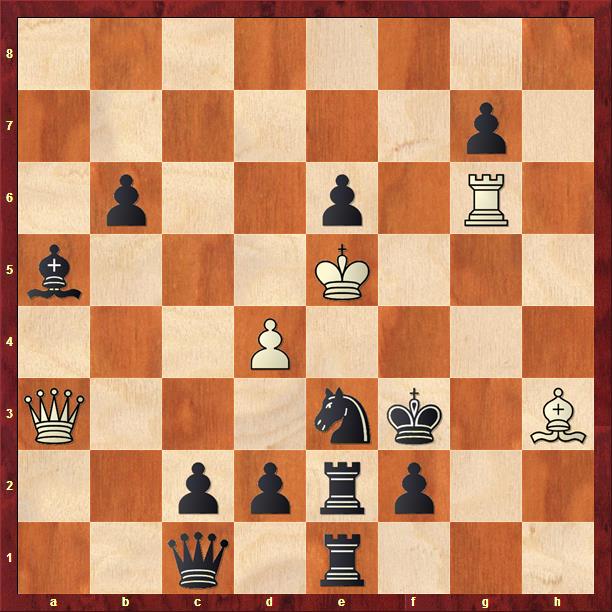
White is threatening 2. Qf8+, after which black is forced to reply with 2. ... Nf5 mate.
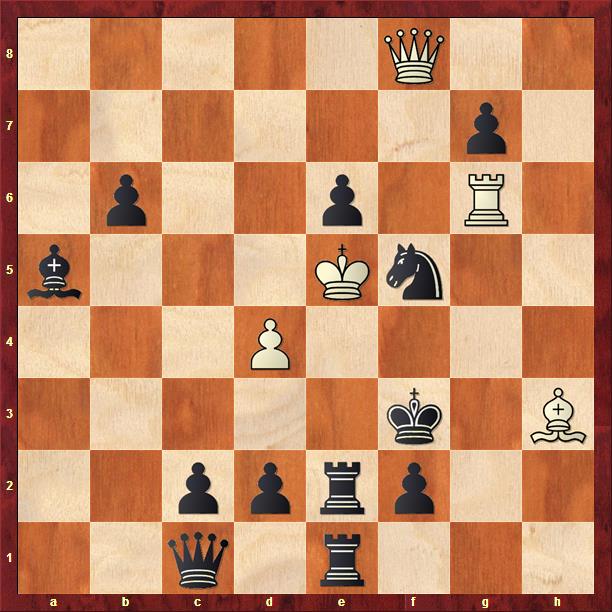
Black has two defenses to this threat.
The first is 1. ... Bb4:
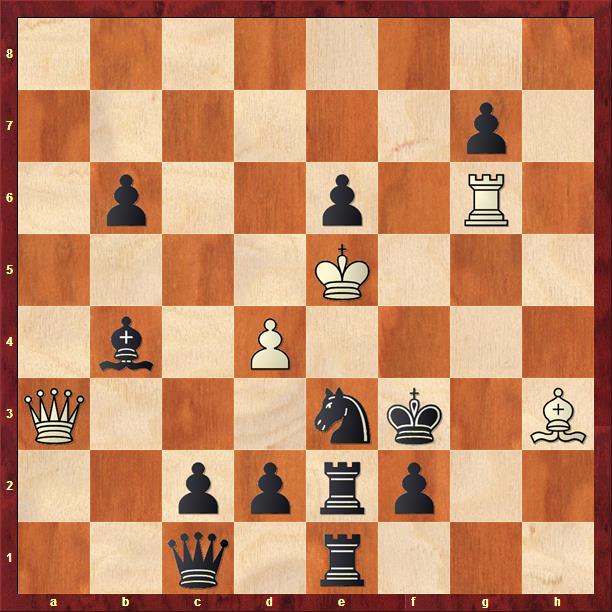
This block's the white queen's path to f8. But it also guards d6 and opens a new line for white's queen. Play continues 2. Qa8+ Nd5 mate:
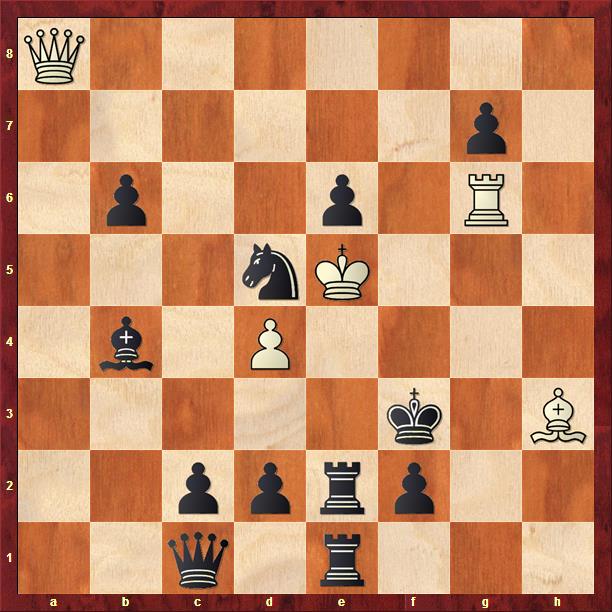
The alternative defense is 1. ... Qxa3:
This rather unsubtly defeats the threat, but it also guards d6 and unpins the black knight. Play continues 2. Bg2+ Ng2 mate:
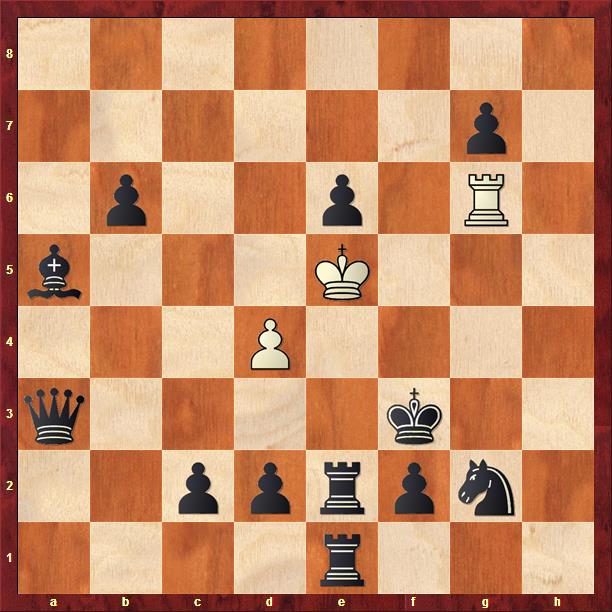
So we have three different unpins of the black knight and three different ways of covering d6, with sweeping white queen moves throughout. Hopefully that's entertaining enough to justify the somewhat heavy construction.
See you next week!

Entertaining indeed. Nice key move, particularly due to the first defense ,imho.
Glad you liked it!
You never answered my question from last week, though. Will I be seeing you in Parsippany?
Oops, never looked at your reply. I can't play Parsippany this year, but I do look forward to stopping by to see the troops, peruse the books etc. on the Sunday. Figure that as a 75% chance , barring weather & unforeseen circumstances.
Great problem.
What sort of problems have you constructed? Are they all mates or self-mates?
Hi Jr. Thanks for the kind words about my problem. Most of my problems are selfmates, helpmates and fairies. I've compose very few direct mates an no endgame studies. For me, chess composition is an escape from regular chess, and direct mates and studies remind me too much of regular play!
I would love to see some of your fairy chess problems.